MarsQuake is a set of teaching resources and classroom activities that support the real data and images that are released from the NASA InSight mission to Mars. Aimed at 11–18 year-olds (KS3–5), these resources and activities include modelling and locating meteorite impacts known as ‘marsquakes’.


InSight, short for Interior Exploration using Seismic Investigations, Geodesy and Heat Transport, is a Mars lander designed to study the planet’s crust, mantle and core. © NASA JPL.
Curriculum links
The MarsQuake project covers a broad range of topics primarily within the physics
curriculum, including:
- energy
- distance/speed/time calculations
- solar system
- waves
However, the investigations can be used to underpin teaching within a number of different subjects, such as maths, geology and geography.
Download the MarsQuake: seismology on another planet background science booklet to learn more about the InSight mission and how it can be used in the classroom.
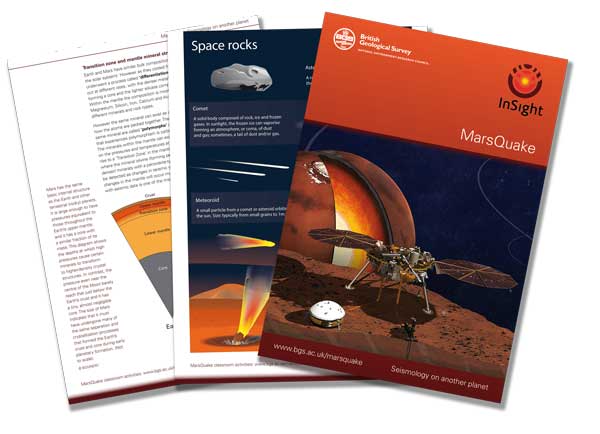
Download the ‘MarsQuake: seismology on another planet’ background science booklet, to find out more. BGS © UKRI.
Classroom activity resource sheet downloads
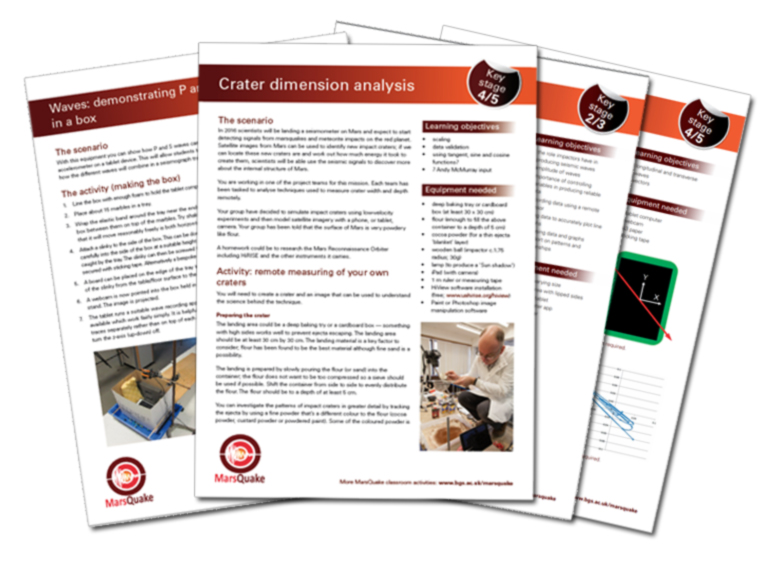
Download the classroom activity resource sheets, including waves, locating craters using high resolution imagery and working with simple sensors. BGS © UKRI.
Classroom activity resource sheet downloads
Locating craters and working with imagery, stimulating impacts and working with sensors.Marsquake classroom activities – Crater dimension analysis | KS4/5
Marsquake classroom activities – Powerpoint | Locating a crater
Marsquake classroom activities – New crater Excel 2007-2013
Marsquake classroom activities – Locating a crater | KS4/5
Marsquake classroom activities – Modelling crater formation | KS5
Marsquake classroom activities – Directionality of an impact | KS4/5
Classroom activity resource sheet downloads
WavesMarsquake classroom activities – Waves: amplitude and seismic waves from impactors | KS2/3
Marsquake classroom activities – Waves: comparing sound waves travelling in a solid and air | KS3
Marsquake classroom activities – Waves: modelling P and S waves using a slinky spring | KS3
Marsquake classroom activities – Waves: measuring the speed of sound in air | KS3
Marsquake classroom activities – Waves: modelling P and S waves on a slinky spring | KS4/5
Marsquake classroom activities – Waves: demonstrating P and S waves in a box | KS4/5
Marsquake classroom activities – Waves: demonstrating P and S waves with students as ‘particles’ | KS4/5
Where can I get Mars InSight data?
IRIS is an educational partner on the InSight mission, with the goal of engaging students with seismic data from Mars. As the data is released, classrooms will be able to stream Martian seismic data using IRIS tools, allowing students to watch for marsquakes and meteorite impacts. For further information and data downloads go to IRIS Mars InSight data.
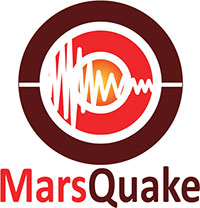
The MarsQuake education project is a UK Space Agency-funded initiative led the British Geological Survey with partners from the National Space Academy, University of Leicester and University of Bristol. BGS © UKRI.
You may also be interested in

Discovering Geology
Discovering Geology introduces a range of geoscience topics to school-age students and learners of all ages.
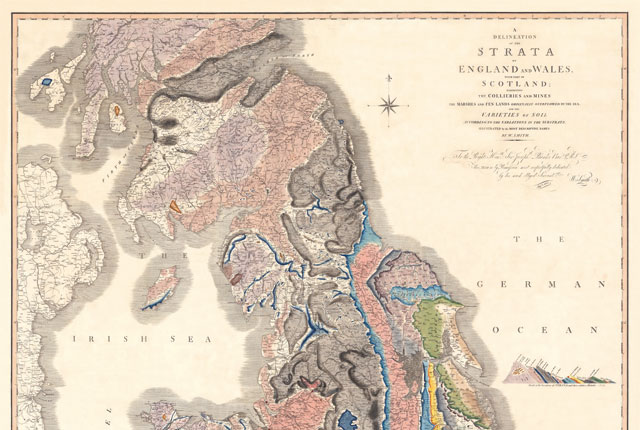
Maps and resources
Download and print free educational resources.
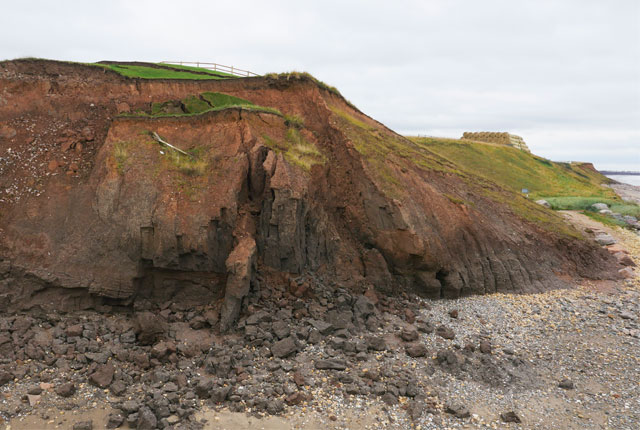
Earth hazards resources
Make a volcano model or work through some classroom activities that introduce P- and S- waves, earthquake seismology and marsquakes.


